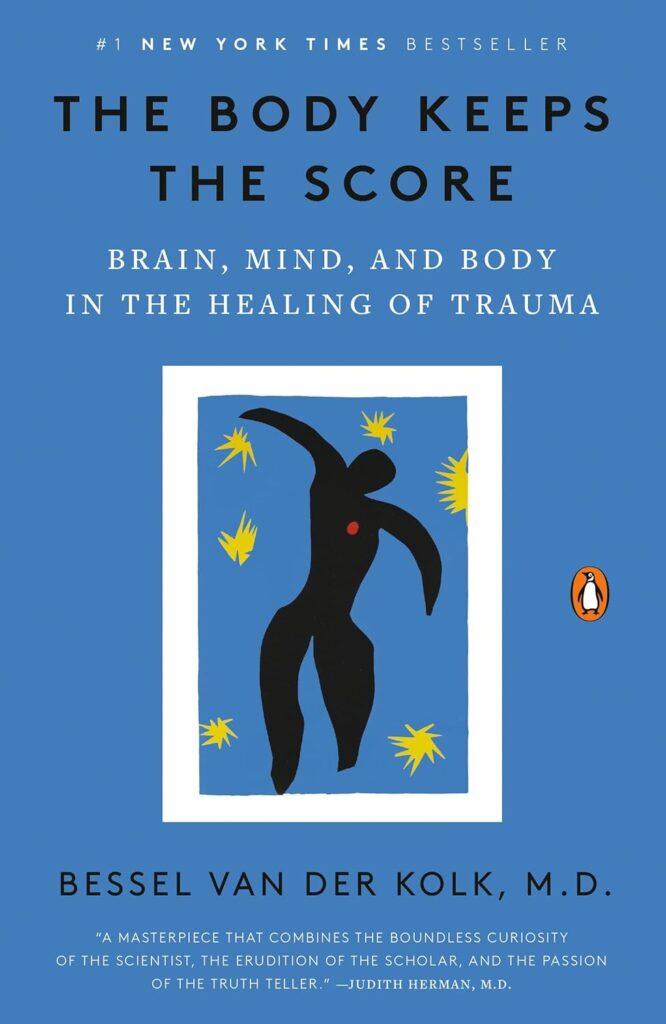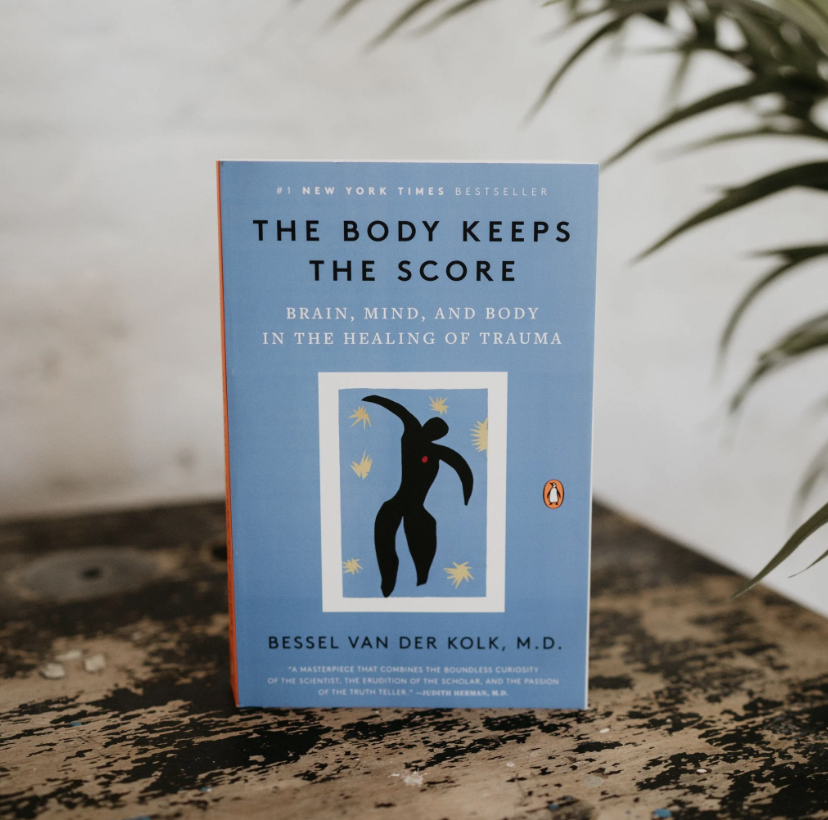
Basic Information
Title:The Body Keeps the Score
Author:Bessel van der Kolk
Target Audience
“The Body Keeps the Score” is ideally suited for individuals who have experienced trauma, whether acute or chronic, and are seeking understanding and healing. It is also valuable for mental health professionals, therapists, and counselors who work with trauma survivors, as it provides a wealth of knowledge on the neurobiological effects of trauma and various therapeutic approaches. For newcomers to the field, the book offers a comprehensive introduction to the complexities of trauma and its impact on the body and mind. For seasoned professionals, it serves as a resource for innovative treatment methods and deepening their understanding of the subject. The book’s potential value lies in its ability to foster self-awareness, guide trauma processing, and promote healing, making it a must-read for anyone touched by trauma.
Introduction
“The Body Keeps the Score” is a groundbreaking exploration into the depths of trauma’s impact on the human psyche and physiology. Authored by Bessel van der Kolk, a renowned psychiatrist and trauma expert, this book delves into the intricate ways trauma shapes and is stored in the body and brain.
Main Arguments
- The Embodiment of Trauma: Van der Kolk posits that trauma is not just a psychological event but has profound physiological manifestations. The body ‘keeps the score’ of traumatic experiences through various physical and emotional responses.
- Integration of Disciplines: The book masterfully integrates findings from neuroscience, developmental psychopathology, and interpersonal neurobiology to provide a comprehensive understanding of trauma.
- Ineffectiveness of Traditional Treatments: Van der Kolk critiques traditional talk therapies for trauma, arguing that they often fail to address the deep-seated, body-based reactions to traumatic events.
- Innovative Treatment Approaches: The author introduces alternative treatment methods, such as yoga, movement, and theater, which focus on reconnecting the mind and body to facilitate healing.
Subarguments
- The impact of trauma on brain development and attachment systems.
- The role of the body in maintaining a sense of self and safety.
- The importance of mindfulness and physical experiences in the healing process.
Analysis of Argument Interrelations
The main arguments are interconnected through the overarching theme of the body’s role in trauma. The ineffectiveness of traditional treatments is juxtaposed with the proposed body-oriented therapies, creating a compelling case for a paradigm shift in trauma treatment.
Author’s Analytical Method
Van der Kolk employs a multidisciplinary approach, drawing on a wide range of scientific research and clinical experience. His method is both analytical and empathetic, offering a balanced view that combines hard science with the lived experiences of trauma survivors.
Evaluation of the Author’s Method
The author’s method is commendable for its depth and breadth. By weaving together various strands of research and practice, Van der Kolk provides a robust framework for understanding and treating trauma. However, the book might have benefited from a more critical examination of the accessibility and practicality of the proposed alternative treatments.
Overall Rating and Recommendation Summary
92/100
“The Body Keeps the Score” is a seminal work in the field of trauma and its treatment. As an expert in the field, I highly recommend this book for its profound insights into the neurobiological effects of trauma and its innovative approaches to healing. Van der Kolk masterfully bridges the gap between science and the human experience, offering both professionals and trauma survivors a rich understanding of trauma’s impact and potential pathways to recovery. The book is engaging, well-structured, and a must-read for anyone seeking to comprehend the complexity of trauma and the promise of holistic healing.




